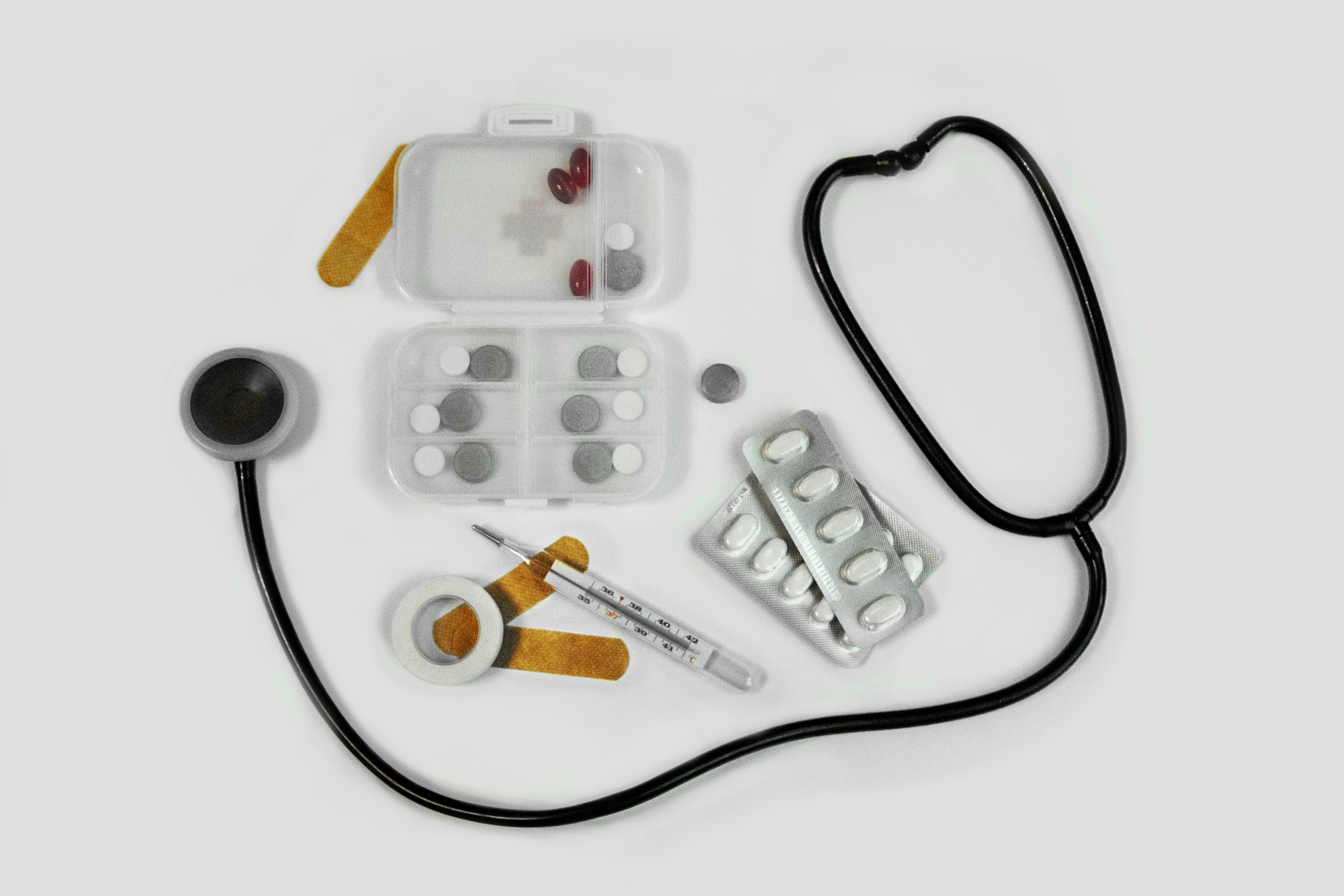Tooth pain can stop you in your tracks—but not all pain means the same thing. Some discomfort may be due to a simple, short-term issue like sensitivity or minor inflammation, while others may signal a more serious dental infection.
Knowing how to tell the difference between a regular toothache and a tooth infection can help you decide when to seek care and prevent complications.
What Is a Toothache?

A toothache refers to general pain or discomfort in or around a tooth, often caused by irritation or damage to the tooth’s nerve or surrounding tissues. It’s one of the most common dental issues, with symptoms ranging from mild sensitivity to sharp, persistent pain.¹
Toothache Symptoms
Toothaches are characterized by pain that can come and go, but can also be accompanied by the following symptoms:¹
- Sensitivity to hot or cold
- Headaches
- Pain when chewing
- Blood or other discharge
- Swollen lymph nodes, gums or jaw
- Throbbing in or around the jaw
- Halitosis (bad breath)
- Mild swelling in the gums
Toothache Causes
Toothaches can be caused by something as minor as food debris or as serious as a tooth infection, including:¹,²
- Tooth decay (cavities)
- Recent dental work
- Food stuck between teeth
- Deferred pain from another condition (like an earache)
- External trauma to jaw or mouth
- Gum irritation or gingivitis
- Wisdom tooth emergence or infection
- Teeth grinding (bruxism)
- Tooth infection
Toothache Treatment
Most minor toothaches can be treated from home. Toothache treatment can include:¹
- Over-the-counter pain relievers
- Improved oral hygiene
- Avoidance of hot or cold foods
- A clove-oil-soaked cotton ball
- Dental procedures
- Prescribed antibiotics
While at-home toothache remedies can work, persistent or worsening pain should be evaluated by a dentist to rule out more serious problems. Acting early can help you avoid complications and get relief faster.
What Is a Tooth Infection?

A tooth infection—also known as a dental abscess, abscessed tooth, or dental infection—is a pocket of pus caused by a bacterial infection inside the tooth or in the surrounding gum tissue. Unlike a mild toothache, a tooth infection is a serious condition that can lead to complications if left untreated.³
Tooth Infection Symptoms
Dental infection symptoms can cause more than just localized pain—they often come with additional symptoms that may worsen without treatment. Symptoms include:³
- Severe, throbbing tooth pain that may radiate to the jaw, ear, or neck
- Swelling in the face or gums
- A bad taste in the mouth or bad breath
- A pus-filled bump on the gum
- Fever
- Sensitivity to pressure or chewing
- Swollen lymph nodes
- Blood or other discharge
Tooth Infection Causes
Several underlying dental issues can lead to a tooth infection when bacteria reach the inner parts of the tooth or gums. Causes include:³
- Untreated tooth decay that spreads to the pulp
- Cracked or chipped teeth that allow bacteria inside
- Gum disease that leads to deep pockets of infection
Tooth Infection Treatment
To treat a tooth infection effectively, dental professionals may use one or more of the following approaches, depending on the severity of the case. Tooth infection treatment can include:³
- Antibiotics to treat the infection
- Drainage of the abscess
- Root canal therapy
- Tooth extraction in severe cases
Delaying treatment can allow the infection to spread to other areas of the body, making early diagnosis and dental care essential.
When to Seek Medical Attention
If you are experiencing severe or worsening tooth pain, it’s important to seek dental or medical attention as soon as possible. Pain that is accompanied by facial swelling, fever, chills, or difficulty breathing or swallowing could be signs and symptoms of a tooth infection that requires immediate treatment. Infections in the mouth can spread to other parts of the body, including the jaw, neck, and even the bloodstream, leading to potentially life-threatening complications.
Even if the pain seems manageable, symptoms like swelling or a persistent bad taste in the mouth should not be ignored. Prompt care from a dentist can help control the infection, relieve your pain, and prevent further health risks.
Frequently Asked Questions
How do I know if my tooth pain is an infection?
If your tooth pain is severe, persistent, and accompanied by swelling, fever, or a foul taste, it could be an infection.
What does the start of a tooth infection feel like?
Early symptoms often include a dull ache, sensitivity, and gum tenderness. As the infection worsens, the pain typically becomes sharper and more constant.
How can you tell if a tooth is infected?
Signs of a tooth infection include severe pain, swelling, pus, a bad taste in the mouth, and fever.³
Fast, Expert Dental Care When You Need It Most
If you're dealing with tooth pain or suspect a dental infection, don’t wait for it to get worse. 24hrdoc makes it easy to get fast, professional care from the comfort of your home.
Our licensed providers are available 24/7 to evaluate your symptoms, provide an accurate diagnosis, and prescribe the right treatment—usually within just 45 minutes.
Whether you need antibiotics for an infection or pain relief for a toothache, we’re here when you need us most. Skip the wait and get expert online dental care on your schedule with 24hrdoc.
Sources:
- WebMD. An Overview of Toothaches.
- MedlinePlus. Toothaches.
- WebMD. What Is an Abscessed Tooth?.




